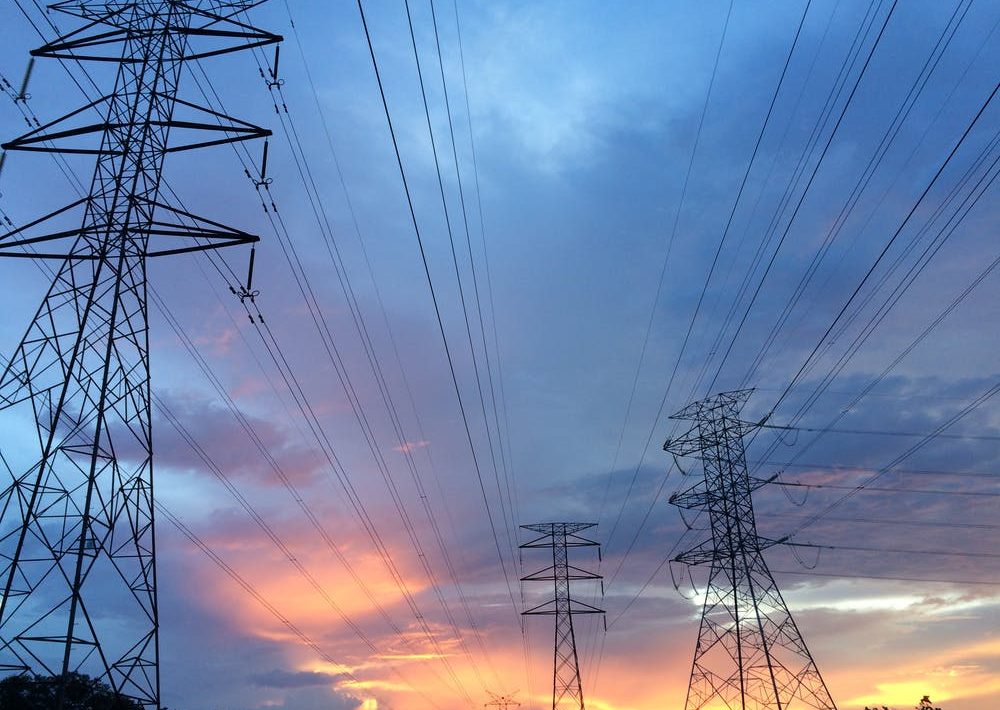Since the late 1800s, electricity has been a mainstay of our society. Today, we rely on it to power everything from our computers to our appliances. But with the rapid growth of technology, we are now beginning to face challenges in how we use electricity. For example, the increasing demand for mobile data has led to an increase in transmission line power consumption. In this article, we will discuss how reactive power consumption affects transmission line operation and discuss some possible solutions https://www.stellarspins.com/en/
Table of Contents
What is reactive power consumption?
Reactive power consumption is the power used by a system to compensate for changes in voltage that occur as a result of current flowing through the system. This power is typically used to maintain the voltage and frequency stability of power grids and other electrical systems.
Types of reactive power
Reactive power is a measure of the electrical energy that is dissipated as heat in an electrical system. It is the product of the power and the time required for the power to dissipate through Joule heating.
There are three types of reactive power: active, passive, and induced. Active reactive power is generated when a generating plant uses its own mechanical or electrical power to turn turbines or generators. Passive reactive power comes from devices such as capacitors and transformers that store electrical energy and use it to smooth out fluctuations in voltage or frequency. In contrast, induced reactive power is created when one device creates a change in the current or voltage of another device. For example, if a generator starts up, the electric fields it produces can cause nearby wires to heat up quickly, creating induced reactive power.
What are the benefits of reducing reactive power consumption?
There are a few benefits to reducing reactive power consumption in transmission lines.
One benefit is that it can help reduce overall power consumption in a system. Reducing the amount of reactive power used can also help improve system reliability. Additionally, reducing reactive power can also help lower energy costs.
How can reactive power be reduced?
The transmission line is an important part of the electrical grid. It carries electricity from generators to consumers. The line can be a major source of reactive power, which is energy that is used to oppose or cancel out other energy flowing through the line.
There are a number of ways to reduce the amount of reactive power consumed by a transmission line. One way is to use smart technology to manage the flow of electricity through the line. This can help to control the amount of reactive power generated and consumed.
Another way to reduce the amount of reactive power consumed by a transmission line is to use materials that are more efficient when it comes to handling reactive power. This can help to reduce the amount of energy that needs to be used to counteract the flow of electricity through the line meilleur casino en ligne en france.
Conclusion
In this article, we will be discussing reactive power consumption in transmission lines. Reactive power consumption is the amount of power that a line needs to maintain its operating status and performance. It includes the losses associated with inductance, capacitance, and resistance within the transmission line. We will also be discussing how reactive power can impact a transmission system’s overall efficiency and operation.











